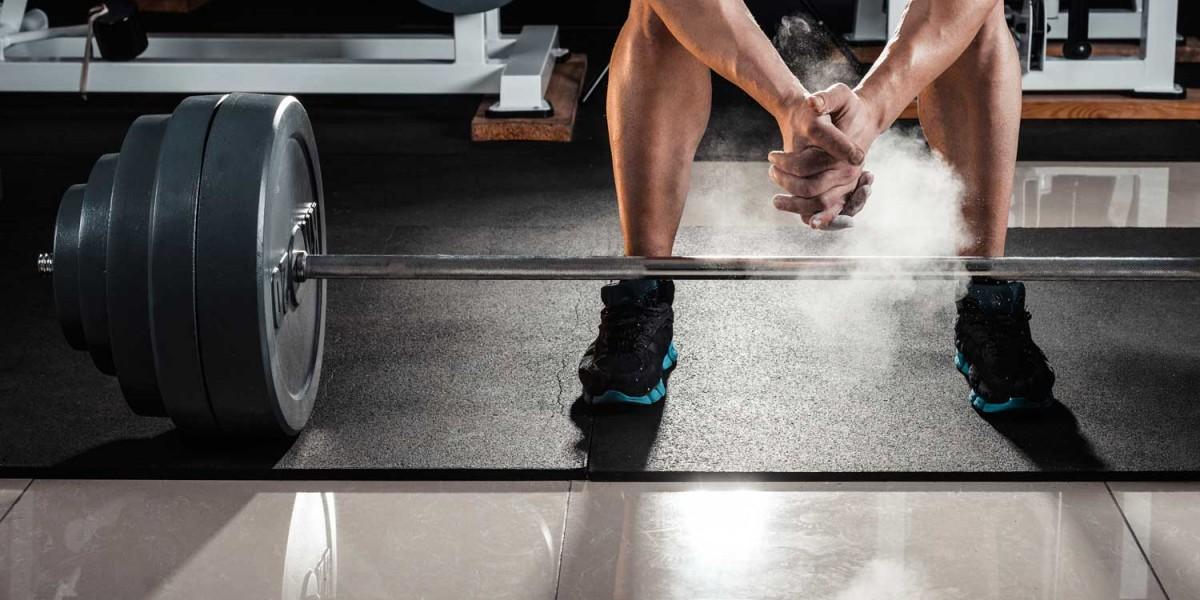
Friends, don’t let friends skip leg day
When it comes to training calves, most people leave room on the table in terms of hypertrophy.
I’ll be the first to admit that the lower legs seem to be the most “genetically influenced” muscle group in that some individuals don’t do squat (pun intended) and have great calves, while others can’t seem to develop much of anything no matter what they try. The guy with really long Achilles tendons, high calves, short muscle bellies, and a higher percentage of slow twitch muscle fibers will have a much more difficult time making his calves into cows than the guy with shorter Achilles tendons, low calves, long muscle bellies, and a higher percentage of fast twitch muscle fibers.
However, with hard work and consistency, I believe that most lifters can override their genetic curse and achieve at least balanced lower leg development.
Combined Methods
You always see the “heavy versus high rep argument” for calf growth on internet forums. I’ve always wondered why lifters seeking maximum calf hypertrophy would limit themselves to just one type of stimulus. Why do one or the other when you can do both?
The fact is there are plenty of lifters who built great calves from just squatting and deadlifting heavy, though this very method has failed many a lifter as well. Similarly, there are lifters who developed great calves from high rep calf training, while others have failed using this exact methodology.
As previously mentioned, there’s a huge genetic component to calf development, so if you’re genetically cursed below the knees your only option is to combine methods and get strong at a variety of exercises. For our program, we’re going to use many different strategies, most of which are described below.
The Legendary Glossary of Terms
Bodybuilding/HVT (high volume training) — lots of sets and reps, drop sets, pause sets, variety, tons of medium and high rep isolation movements
HFT (high frequency training) — three sessions per week
EDT (escalated density training) — more reps in a set period of time
Powerlifting — heavy compound lower body movements
Squats and deadlifts — train the calves via their role as stabilizers
Glute-ham raises — train the calves via their role as knee flexors; very effective and underutilized calf movement
Heavy calf isolation work — maximize myofibrillar hypertrophy and recruit more HTMU’s
High rep calf isolation work — maximize sarcoplasmic hypertrophy and cause more occlusion
The Program
The lower leg muscles will be trained three times per week. Each workout will be separated by 48-72 hours.
Day One
A. Squats 8 x 1 (ramp up the weight)
B. Glute ham raises 5 x 10 (use the machine version and utilize the toe plate)
C. Standing calf raise (heavy) 4 x 6
D. Leg press calf raise (light) 2 x 30
Day Two
A. Single leg calf raises 10 minutes EDT
B. Jump rope 10 minutes
Day Three
A. Deadlifts 8 x 1 (ramp up the weight)
B. Glute ham raises 5 x 10 (use the machine version and utilize the toe plate)
C. Donkey calf raises 3 x 20 (do one set with hips in neutral, one set with hips externally rotated, and one set with hips internally rotated)
D. Pause rep seated calf raises 3 x 10 (pause for 3 seconds at top and bottom)
Week Two
Day One
A. Squats 8 x 1 (ramp up the weight)
B. Glute ham raise 5 x 10 (use the machine version and utilize the toe plate)
C. Standing calf raise (heavy) 5 x 5
D. Leg press calf raise (light) 3 x 20 (do one set with hips in neutral, one set with hips externally rotated, and one set with hips internally rotated)
Day Two
A. Standing machine calf raise 1 drop-set from hell. Start with a weight you can do for around 8 reps, then reduce the load by 50% and bust out as many reps as you can, then bust out as many bilateral bodyweight reps as possible.
B. Jump rope 10 minutes
Day Three
A. Deadlifts 8 x 1 (ramp up the weight)
B. Glute ham raises 5 x 10 (use the machine version and utilize the toe plate)
C. Pause donkey calf raises 3 x 10 (pause for 3 seconds at top and bottom)
D. Seated calf raises 2 x 50
Repeat this two-week cycle three times for a total of two months of calf abuse.
After this two-month blast is complete, return to a more sane calf training rotation of once or twice per week, being sure to include a wide variety of exercises and rep ranges but keeping the total volume per session low to allow supercompensation to occur. You’ll likely find your calves continuing to grow during this deloading period, hopefully reaching a level of respectability that allows you to not wear jeans at the beach anymore.
The Wrap-up
Stubborn calves are a tough nut to crack as there’s such a huge genetic factor that simply can’t be avoided. But even if you did draw the unlucky “calves like a flamingo” card, there’s no reason to say “screw it” and quit training them completely. A little science combined with some smart programming — and a ton of effort — and you may find yourself proud to wear shorts again!
Article by Bret Contreras, sourced from T Nation.
